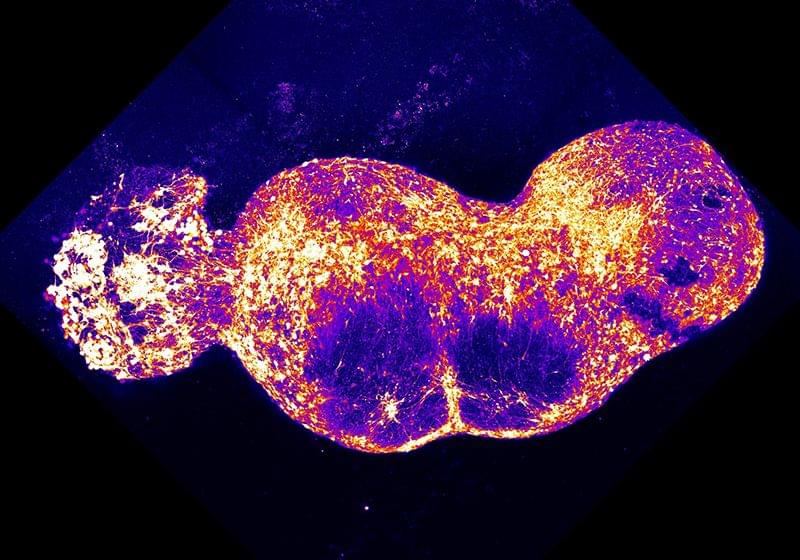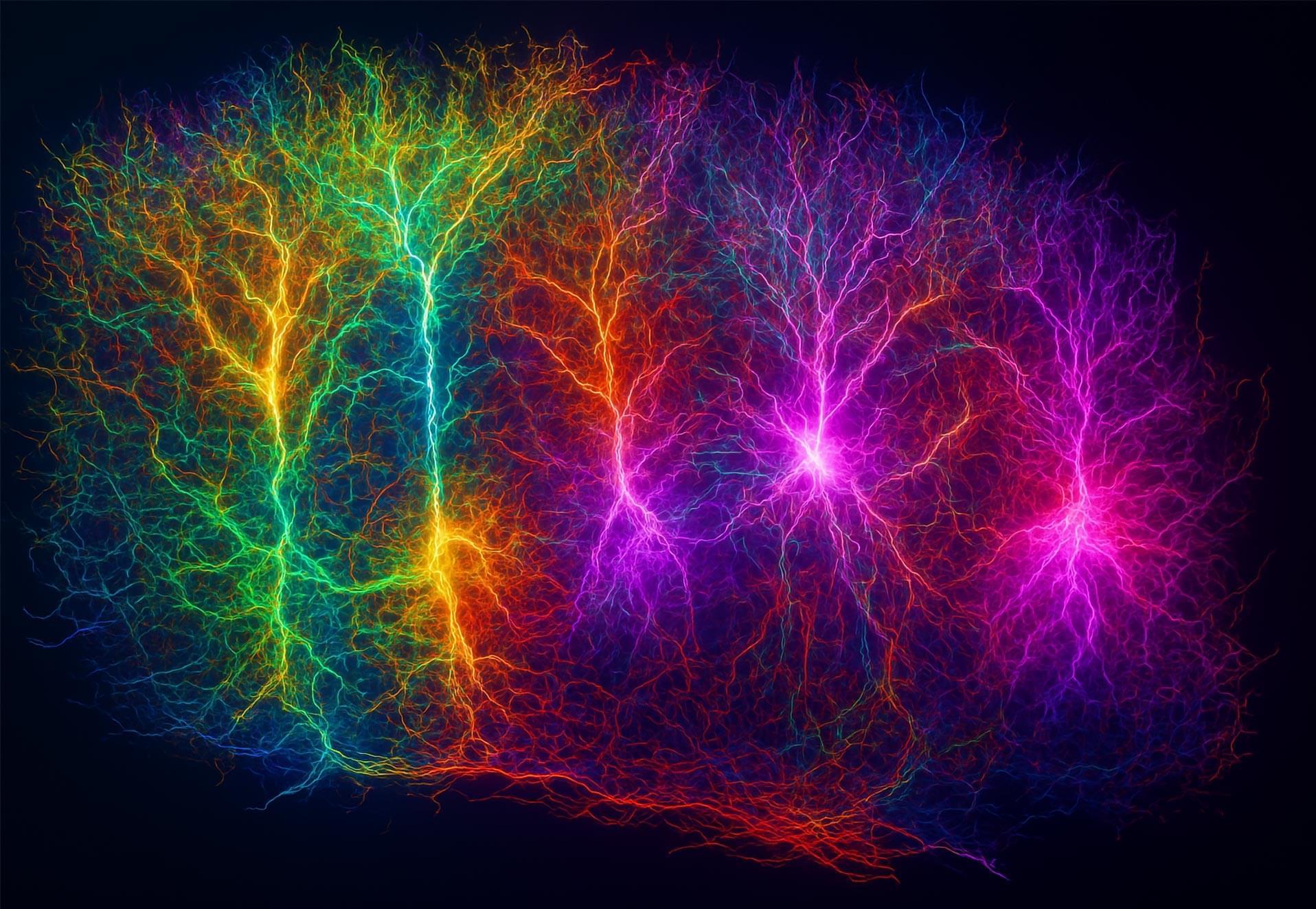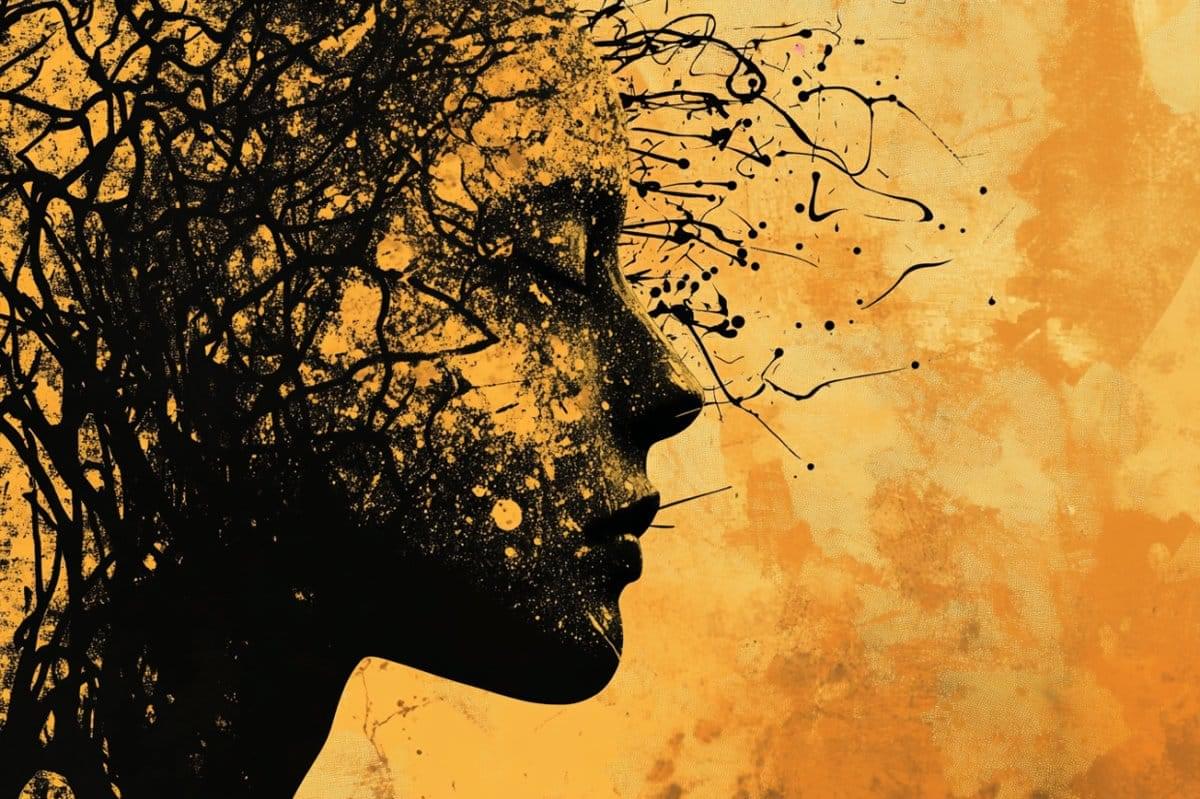For the first time, scientists have generated a functional neural pathway for sensing pain in a dish. This could help unravel mechanisms of pain disorders.



Babies and young children may breathe and absorb plasticizers called phthalates, flame retardants, and other harmful chemicals from their mattresses while they sleep, according to a pair of studies published by the University of Toronto in Environmental Science & Technology and Environmental Science & Technology Letters. These chemicals are linked to neurological and reproductive problems, asthma, hormone disruption, and cancer.
“Sleep is vital for brain development, particularly for infants and toddlers. However, our research suggests that many mattresses contain chemicals that can harm kids’ brains,” says senior author Miriam Diamond, professor at the University of Toronto.
“This is a wake-up call for manufacturers and policymakers to ensure our children’s beds are safe and support healthy brain development.”

Imagine waking up thirsty at night and having to reach for a glass of water in the dark. Without a clear view, your brain has to estimate where the glass is and where your hand is—a challenge that often leads to imprecise movements. The brain processes two key pieces of information: It needs to know where the hand is and where to move it. But what happens if this information is inaccurate?
Scientists from the Sensorimotor Research Group at the DPZ have investigated this problem of visual uncertainty during movement control in a study with rhesus monkeys. The research is published in the journal Nature Communications.
In the experiment, the monkeys moved a cursor on a screen by hand, using a kind of joystick. Two types of uncertainty were investigated. In target uncertainty, the target of the movement was represented by several scattered objects, so that it remained unclear where exactly the target was located. In the case of feedback uncertainty, the cursor was replaced by several scattered, small objects so that it remained unclear exactly where the user’s own hand was located.

Although air pollution is associated with worse cognitive performance, whether these relationships differ by cognitive domain and which sources of air pollution are particularly detrimental to cognition remains understudied. This study examined associations between cognitive scores across three domains in older adults and 8–10 years of exposure to air pollutants (NO2, total PM2.5, and PM2.5 from different emission sources).
Methods.
We used data from the 2018 Harmonized Cognitive Assessment Protocol sub-study of the English Longitudinal Study of Ageing (N=1,127). Outdoor concentrations of each pollutant were estimated for 2008÷10−2017 and summarised using means and group-based trajectories. Linear regression models were used to assess long-term air pollution exposure relationships with memory, executive function, language, and global cognitive function after adjustment for key individual and neighbourhood-level confounders.


The idea of living forever has fascinated humans for centuries—but what if technology could actually make it happen? With advancements in AI and neuroscience, scientists believe that digital immortality might soon be a reality. Here’s how!

In this episode of the Neural Implant Podcast, we’re joined by Nathan Piland, CEO of Nunex, a consulting firm that specializes in helping MedTech companies navigate the complex journey from concept to commercialization. With over two decades of experience across regulatory strategy, product development, and market access, Nathan shares invaluable insights into the critical steps for MedTech startups and established companies looking to succeed in today’s competitive landscape. Tune in as we discuss the unique challenges of the neurotech industry, strategic consulting for MedTech ventures, and how Nunex is helping companies grow and scale through a holistic, tailored approach.
Top 3 Takeaways:
